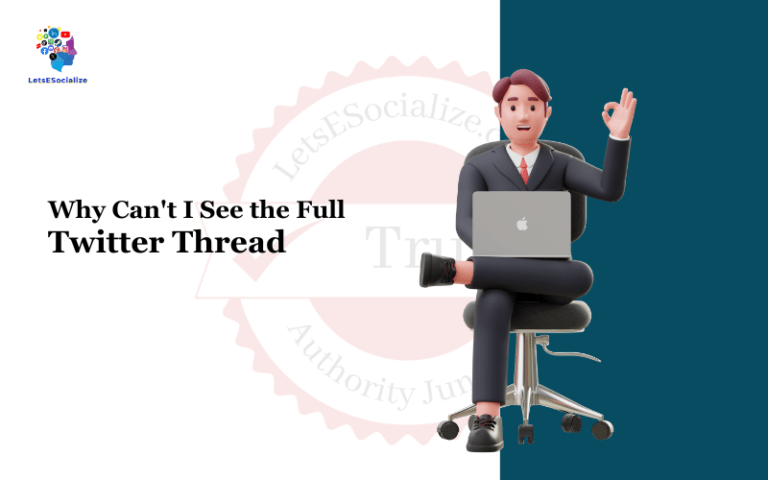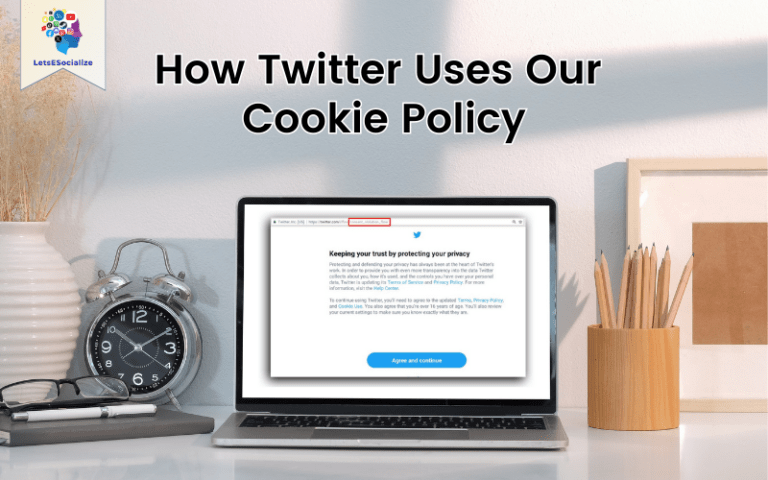Twitter is one of the most popular social media platforms, with millions of active daily users. Businesses of all sizes use Twitter to connect with their target audience, generate leads, increase brand awareness, and drive sales. One of the most effective ways to achieve these goals is through Twitter ads.
Twitter ads allow you to target your competitors’ followers and customers. This strategy can help you reach an audience that is already interested in your industry or niche. Implemented correctly, Twitter ads targeting competitors can help you steal market share and grow your business.
In this comprehensive guide, we will cover how you can use Twitter Ads to Target Competitors followers and customers.
Table of Contents
Benefits of Targeting Competitors on Twitter
Here are some of the main benefits of using Twitter ads to target competitors:
- Reach a relevant audience – Targeting your competitors’ followers allows you to reach people who are already interested in your products or services. This means your ads are being shown to an audience primed for your offering.
- Steal market share – Running targeted ads enables you to market to your competitors’ customers and followers, giving you the opportunity to divert interest and sales your way.
- Increase brand awareness – Getting your brand and messaging in front of your competitors’ audience raises awareness of your business within your industry.
- Drive conversions – An audience already engaged with your competitors is more likely to convert when shown your ads. You can turn your competitors’ followers into your own customers.
- Gain competitive intelligence – Seeing the type of audience your competitors attract can provide useful insights into their marketing tactics and who their customers are.
- Lower customer acquisition costs – It typically costs less to convert existing customers within your industry than new cold leads. Targeting competitors allows you to focus your budget on qualified leads.
- Differentiate your brand – Showing your ads to competitors’ followers enables you to highlight your unique selling proposition and how you differ from rival brands.
Overall, running Twitter ads targeting competitor followers is a smart strategy to increase conversions, establish your brand, and take market share. Implemented effectively, it can give your business a significant competitive advantage.
Also read: Agency Twitter Ad Management
How to Find Your Competitors on Twitter
The first step to running competitor-targeted Twitter ads is identifying who your main competitors are on Twitter. Here are some tips for finding competitor accounts:
- Search for their business name – The simplest way is to search for your competitor’s company name or brand handle on Twitter. See if they have an official account.
- Look through their followers – If you find your rival’s Twitter handle, scroll through their followers. These are likely their customers and target audience.
- Check their website/social media – Your competitors may link to their official Twitter page on their website or other social platforms like Facebook.
- Use Twitter advanced search – Use operators like “OR” and “NEAR” to find accounts discussing or engaging with your competitors.
- Browse industry hashtags – Look through hashtags for your industry or niche. People using relevant hashtags are likely your target audience.
- Seek out their employees – Your competitors may have accounted for their founders, executives, or employees. Follow them to see their audience.
The goal is to find as many relevant competitor accounts and followers as possible to target with your Twitter ads. Taking the time to research thoroughly will pay dividends when you run your ad campaigns.
How to Target Competitors’ Followers on Twitter
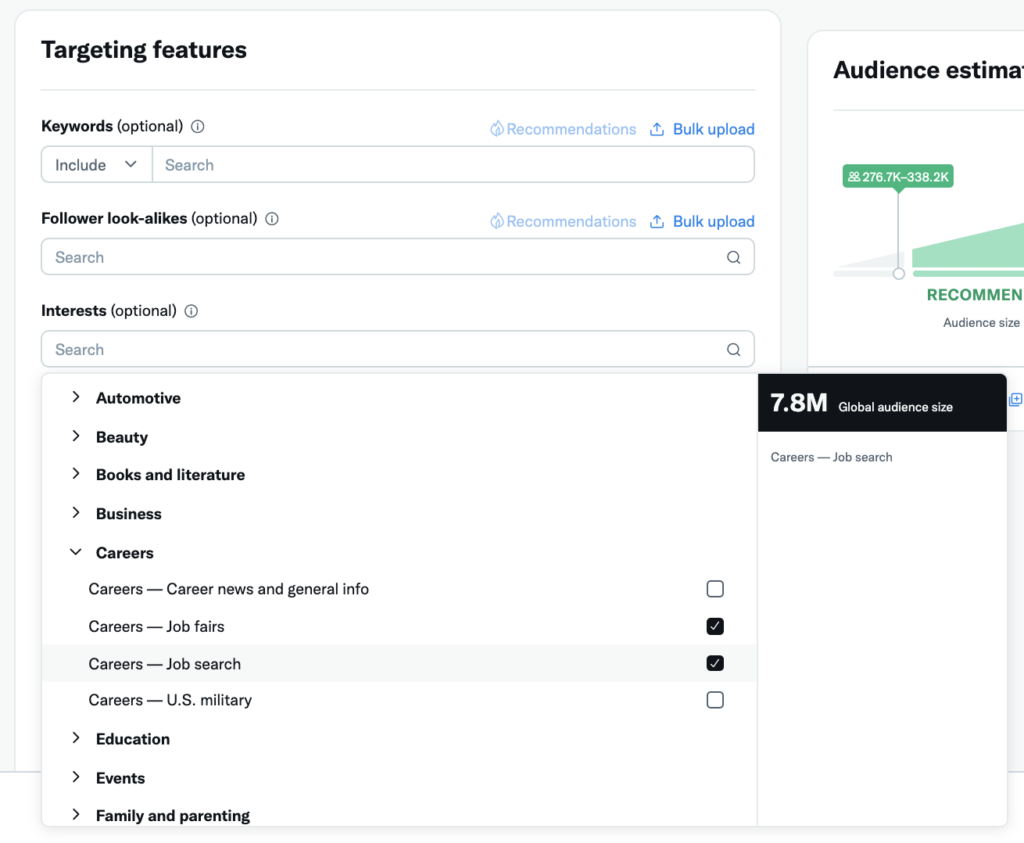
Once you’ve identified your competitors’ Twitter accounts, it’s time to set up your ad targeting. Here are some tips for targeting competitor followers on Twitter:
Target Their Twitter Handles
You can directly target the Twitter handles of your competitor’s accounts in the “Keywords” section when setting up your Twitter ads. For example, if @competitor is their account, enter “@competitor” as a negative keyword. This will show your ad to users who follow them but not to their accounts directly.
Use Their Follower Lists
If your competitors have public follower lists, you can target these in your Twitter ads by entering the list names in the “Keywords” ad targeting section. Targeting their custom follower lists allows you to laser-focus your ads on their existing audience.
Target, Their Employees
Another option is to target the Twitter handles of your competitors’ employees in your ad campaign. Their staff likely engages heavily with their overall following. Targeting them can help you reach diehard brand followers.
Use Interests and Behaviors
You can target your competitors’ followers based on their interests and behaviours using Twitter’s advanced audience features. For example, target “Business and finance” or “#entrepreneur” interests if your competitor’s audience falls into those categories.
Retarget Website Visitors
If you have a Pixel installed on your website, you can retarget competitors’ followers who have visited your site. This allows you to re-engage previous visitors with ads focused on conversions.
Monitor Performance
Continuously monitor the performance of your competitor-targeted ads and optimize towards targets like your competitors’ followers, employees, or interests that drive the highest engagement and conversions.
What Types of Twitter Ads Should You Run?
Twitter offers a variety of different ad formats. Here are some of the best ad types to use when targeting competitors:
Promoted Tweets

Promoted tweets appear directly in the primary Twitter feed, just like organic tweets. They are ideal for brand building and awareness campaigns targeted at your competitors’ followers.
Promoted Trends
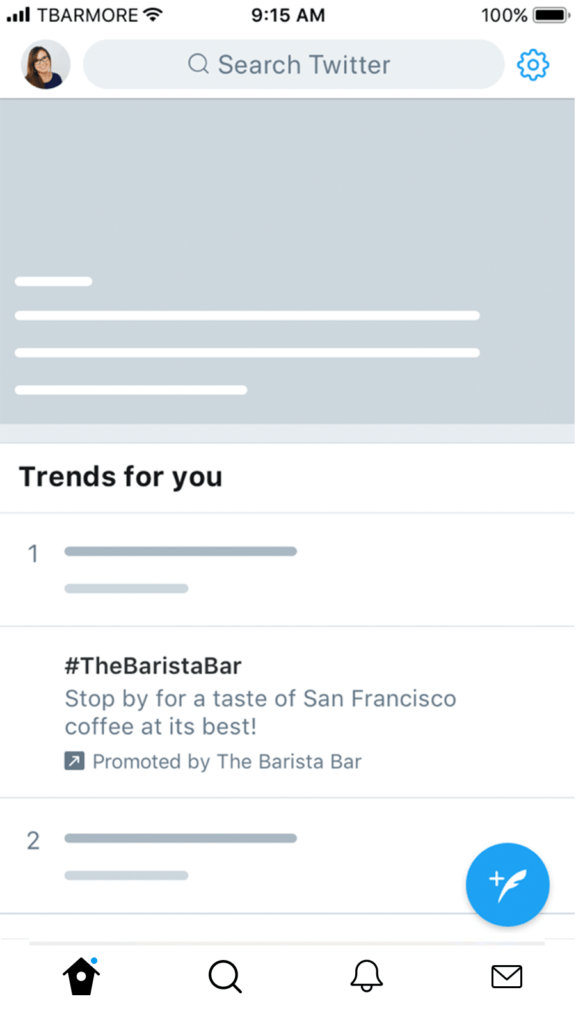
Promoted trends place your brand, products, or messaging at the top of the “Trending now” section on Twitter. They help increase visibility exactly where your competitors’ audience is engaged.
Promoted Accounts

Promoted accounts push your Twitter brand page as a “Suggested account to follow.” A branded, optimized page with a strong following can entice your rivals’ followers to switch loyalties.
Promoted Moments
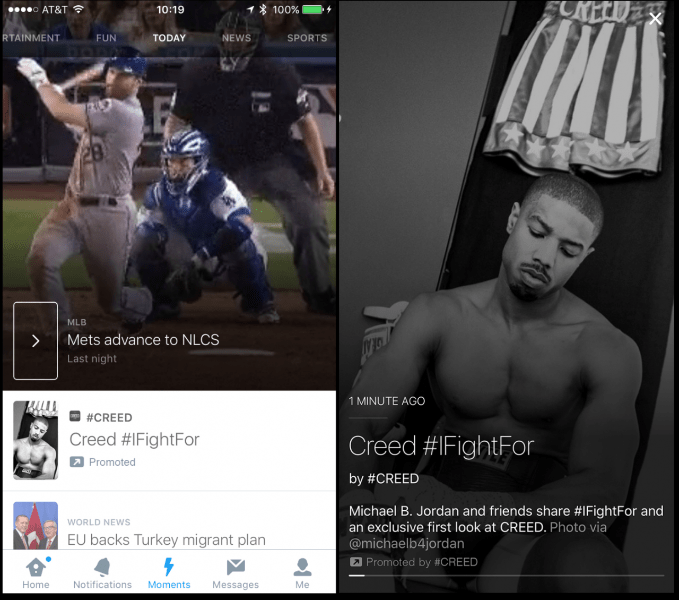
Similar to promoted tweets, promoted moments boost engagement with your Twitter Moments content. They work well for showcasing blog content, news, or product launches.
First View
First-view ads show your videos as the first autoplay clips seen when a user opens Twitter. You can showcase demos and product imagery to capture attention.
Conversation Cards
Conversation cards allow Twitter users to engage directly with your ads to take actions like signing up for services, installing apps, following accounts, and more.
Testing different ad formats will reveal what resonates most with your competitors’ followers and lead to the highest conversion rates. Feel free to experiment and optimize over time.
Best Practices for Competitor Targeting
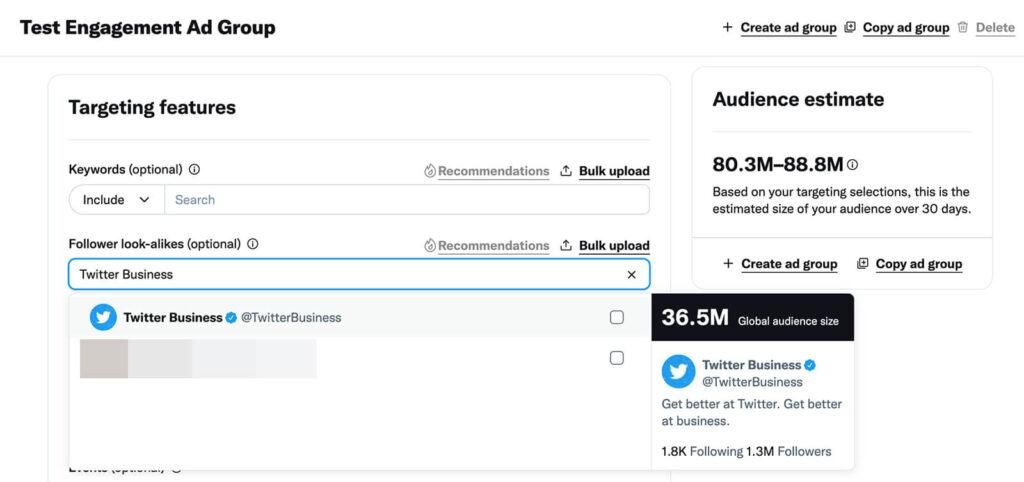
Here are some best practices to ensure your competitor-targeted Twitter ads are effective:
- Research competitors – Take time studying who your competitors are targeting with their own ads to inform your strategy.
- Plan precise targeting – Use tight targeting parameters like keywords, interests, and follower lists to hone in on their audience.
- Highlight your differentiation – Demonstrate how your product or service is better than your competitors in your ads.
- Offer promotions – Special offers and discounts can help sway your competitors’ followers to try your brand instead.
- Make ads stand out – Ensure your ads are visually engaging and written succinctly to attract attention.
- Measure ROI – Continuously evaluate the return on ad spend from targeting competitors and adjust campaigns accordingly.
- Reuse top-performing ads – Don’t reinvent the wheel each time. Reuse high-performing ads in new targeting campaigns.
- Monitor brand mentions – Keep an eye on competitors mentioning your brand and respond professionally if appropriate.
With the right execution, Twitter ads focused on your competitors can rapidly grow your business. Measure results closely and scale your spending where you see the highest return.
Frequently Asked Questions
-
Can you target competitors on Twitter?
Yes, Twitter’s advertising platform provides several ways to target a competitor’s followers within your ads. This includes targeting their Twitter handles, websites, interests, follower lists, employees, and more.
-
Is it legal to target competitors on Twitter?
Targeting a competitor’s followers with Twitter ads does not infringe on any laws or Twitter’s policies. It’s a common digital marketing practice used by brands across industries. Just ensure your ads meet Twitter’s quality standards.
-
How do you steal customers from competitors on Twitter?
Winning over a competitor’s customers on Twitter requires clever targeting, differentiated messaging and promotions, retargeting their website visitors, and optimizing ads to drive conversions over time. Strategic bidding on competitors’ brand terms can also allow you to target their followers in search.
-
Can I stop competitors from targeting my followers?
Not directly. Twitter advertising is open to all advertisers. However, you can report any ads that seem malicious, misleading, or impersonating from a competitor. Building engagement and loyalty with your followers helps minimize their receptiveness to competitors’ ads.
-
Is it risky to target competitors’ followers?
There is some risk competitors may view targeted ads as aggressive or try to retaliate. However, competitor targeting is a standard promotional practice when executed ethically. Avoid potentially controversial or inflammatory messaging. Monitoring brand mentions helps you respond appropriately.
Conclusion
Targeting your competitors’ followers using Twitter ads provides immense opportunities to grow awareness, steal market share, and increase conversions.
With the tactics outlined in this guide, you can launch effective ad campaigns tailored to reach your rivals’ existing audience. Consistent testing, optimization, differentiation, and execution will enable you to turn more of their customers into your own.
Make competitor targeting a core part of your overall Twitter advertising strategy and track its impact closely. Be prepared to scale spending towards the campaigns that offer the highest ROI in taking your business to the next level.


